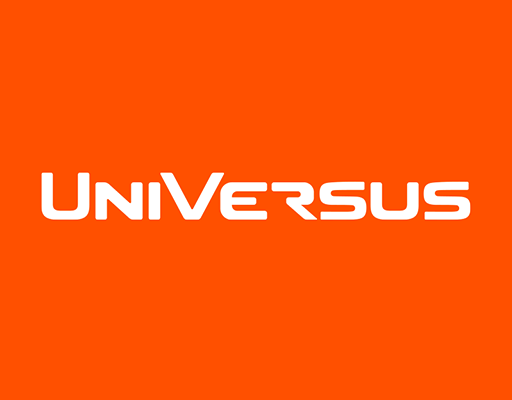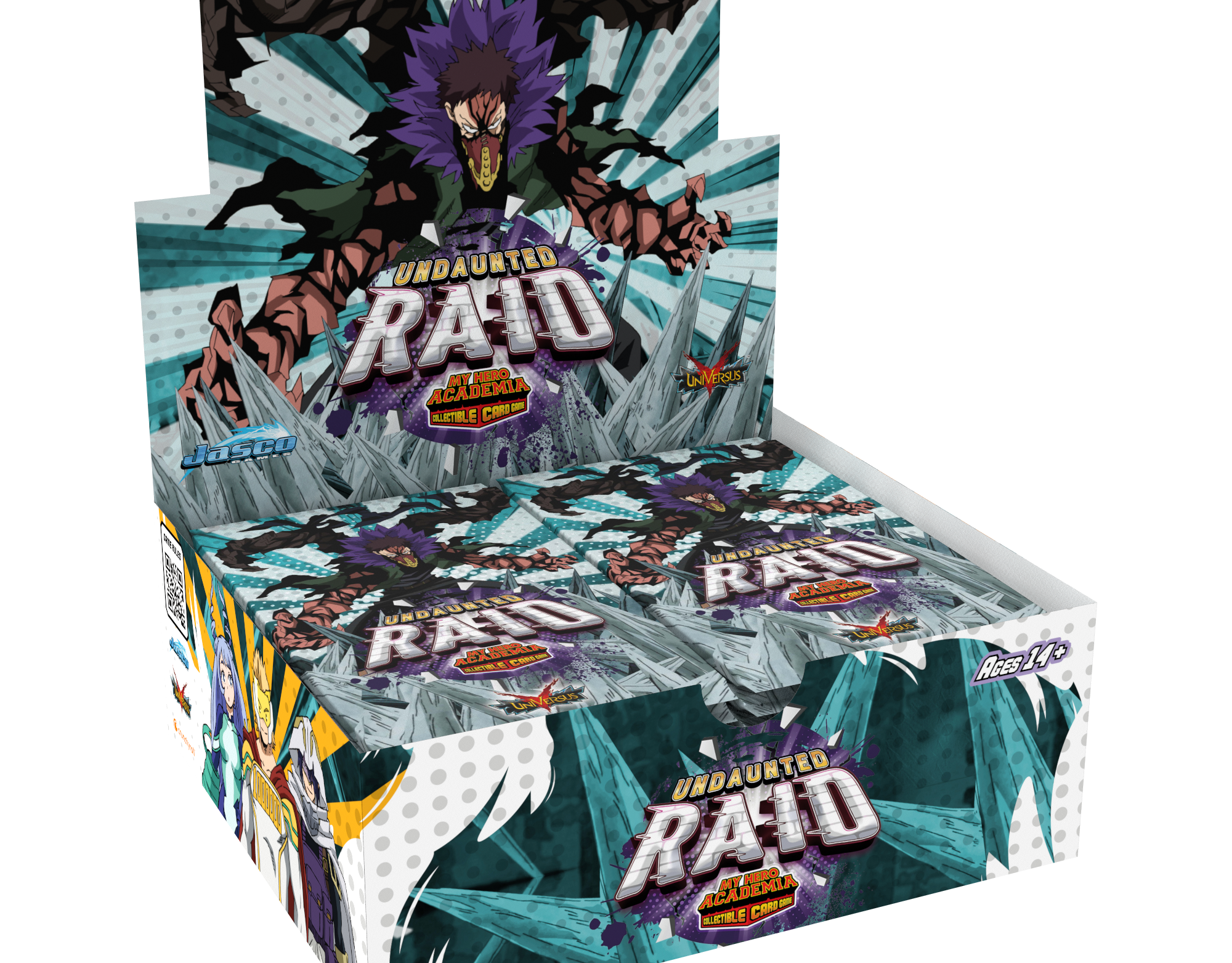Before I could start with any amount of product writing, I needed to familiarize myself with the My Hero Academia license, and the UniVersus card game system. By understanding the inspiration for the card game, and how to play it in full, I could write more relevant copy and edits wherever text existed.
To immerse myself, I watched all six existing seasons of the My Hero Academia television series. I also learned how to play the card game in full. Learning how to play the game was no easy feat: the UniVersus card game system is notoriously one of the hardest, if not the hardest, collectible card game systems to learn. Countless hours practicing online against members of the design team and outstanding community members prepared me for the journey ahead!
To immerse myself, I watched all six existing seasons of the My Hero Academia television series. I also learned how to play the card game in full. Learning how to play the game was no easy feat: the UniVersus card game system is notoriously one of the hardest, if not the hardest, collectible card game systems to learn. Countless hours practicing online against members of the design team and outstanding community members prepared me for the journey ahead!
Cards
Most of my time working for UVS Games was spent pouring over cards like this one. After creating hundreds of unique cards for an upcoming set release or DLC expansion, the game design team would send the full list of cards to me for edits and review.
Several preliminary proofreading checks were required before any changes to the card's text could be considered:
Several preliminary proofreading checks were required before any changes to the card's text could be considered:
1. Are the card's numbers, modifiers, and text the same here as they are in whiteplate form (black and white), and within our design spreadsheets?
2. Is the card's typing correct? (See top text within text box)
3. Is the legal line correct? (See base text)
4. Are the card's rarity and set number correct? (See base text, first line, right side)
After these checks had been made for the full set, I began dissecting each card's text for potential edits. I would ask myself questions like:
1. Are we using the same nomenclature and phrasing here as we have on previous cards (if the wording has been used prior)?
2. Is this the clearest and most concise way to present this information, or are there changes we can implement going forward for all similar sentences/phrases?
3. Does the number of characters used fall within the acceptable range for the main text area? Which font size does X many characters correlate to?
Beyond readability, another benefit to keeping the text concise was that we had more space to let the art shine!
Each mistake and potential edit was documented and sent over to the design team for review and correction.
On a similar note, I also created and maintained a spreadsheet of every unique sentence ever printed on our cards. This way, the game designers could see where our inconsistencies lie and establish firm rulings. So long as we were reusing sentences, we could copy-paste them from this list rather than type them out manually, thus eliminating most typographical errors.
Discussions over nomenclature, word choice, clarity, and concision were constant, creating the best outcomes for our users, the players!
On a similar note, I also created and maintained a spreadsheet of every unique sentence ever printed on our cards. This way, the game designers could see where our inconsistencies lie and establish firm rulings. So long as we were reusing sentences, we could copy-paste them from this list rather than type them out manually, thus eliminating most typographical errors.
Discussions over nomenclature, word choice, clarity, and concision were constant, creating the best outcomes for our users, the players!
Packaging
But that's not where the product writing ends! All of those cards come in packages, and packages need text. Below are a few examples of UVS packaging text I wrote, which include set descriptions, contents, and content descriptions. The goal here is to entice both players and collectors alike. Check it out!
Rulebooks, Scripts, and Guides
Last, but not least, are the rulebooks and tutorial scripts I helped write. Earlier, I mentioned that the UniVersus card game system was one of the most complicated to learn in the market. For this reason, the text for these guides needed to be as understandable and easy to follow as possible. The last thing we wanted was for a potential player to be dissuaded from purchasing products and playing because of the game's learning curve.






